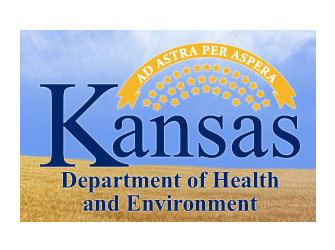Many holiday memories include time spent in the kitchen cooking or baking traditional foods. Keep it fun and safe with a few simple tips so children can join in.
“When kids are in the kitchen, the most important ingredient is a watchful eye,” said Cherie Sage, Safe Kids Kansas. “Whether helping an adult cook or simply hanging out and watching the action, children should be in sight and within reach at all times.” If you will be busy with preparations, ask another adult or teenager to watch the children as they perform age-appropriate tasks.
Burns — from spills, steam, hot surfaces and flame — can be especially devastating injuries. Because young children have thinner skin than adults, they burn more severely and at lower temperatures. Scald burns from hot liquid or steam are the most common type of burns among children ages 4 and under. A child will suffer a full-thickness burn (third-degree burn) after just three seconds of exposure to 140-degree water.
Safe Kids Kansas recommends these precautions against kitchen burns:
- Keep within eyesight of a hot stove. Unattended food on the stove is the number one cause of home fires.
- Never hold a child while cooking or carrying hot items, especially liquids that can spill or splash.
- Cook on back burners whenever possible and turn all handles toward the back of the stove.
- Keep hot foods and liquids away from the edges of counters and tables. Be especially careful around tablecloths — children can pull hot dishes down onto themselves.
- Tie up the electrical cords of small appliances. A toddler playing with a dangling cord can pull a toaster or microwave down from a countertop.
In addition to hot surfaces, hot liquids and sharp objects, the other major hazard in the kitchen is poison. Store potential hazards, such as cleaning products and alcohol (including many baking extracts), in locked cabinets out of reach. Also, install a carbon monoxide detector to alert everyone to get out of the house if there is a buildup of the odorless toxic gas given off by fuel-burning appliances.
Children who can follow directions may be ready to help out in the kitchen with tasks that do not involve knives, appliances, or heat. Some examples of child-friendly tasks include: tearing lettuce, rinsing fruits and vegetables under cold water, stirring ingredients in a bowl, using cookie cutters, measuring dry ingredients, using vegetable peelers or cutting soft fruits with a butter knife.
“You know your own children. Don’t give them knives or let them handle anything hot until you know they have the maturity and coordination to do it safely,” says Sage. “Some children mature faster than others, so it’s up to parents to use good judgment about each child’s capabilities.”
For more information about safety and burn prevention, visit www.safekidskansas.org.



